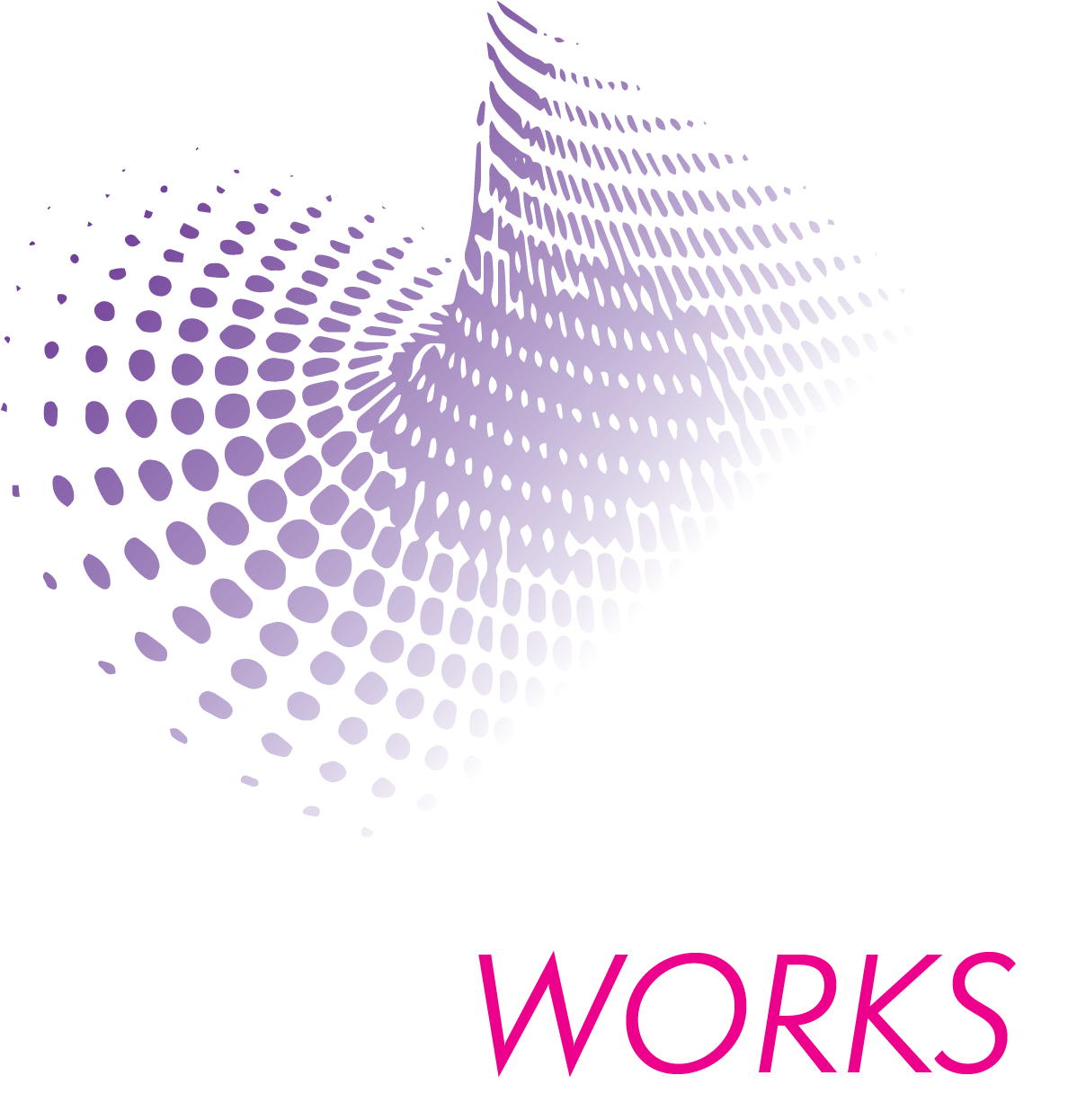Trans-Formation, Phrasing in Everything
Trans-formation: We recognize that our movements and personalities are comprised of patterns that take form in our bodies and behaviors, and that these patterns may include traumatic responses. We are willing to change our form, face trauma, and invite discomfort in order to grow in alignment with purpose, truth, and community. We simultaneously seek to avoid injury to self, other, and world.
I imagine that every spiritual, mindfulness, or self-help lineage discusses in some form that the only constant in life is change. As a dancer it has felt self-evident to me that working with my body in movement is a spectacular way to access all sorts of personal trans-formations, but I didn’t begin to experience this until I actually started dancing at age 20. Learning to move my body in new ways gave me access to new ways of being with myself and others. It opened my access to my emotional range and began releasing me from what could be termed trauma patterns, both personal and trans-personal, so that I could meet myself and others in new ways.
I don’t want to get stuck debating what is and isn’t trauma, but it is important to look at its fundamental basis. We can consider trauma with a big ‘T’—clinically diagnosable trauma linked to deeply damaging events that may take people completely out of their ability to regulate themselves in everyday life. This is PTSD as seen in soldiers coming from war, or that often occurs in people who have experienced rape. Yet, we can also consider small ‘t’ trauma—like being embarrassed in front of a class—experiences which people also commonly speak about as traumatic. The reason it has become common to speak this way is that the underlying principle is the same even if the degree of effect is drastically different: As human life-forms we are patterned beings, and these patterns are created in relationship to our life experiences. Injuries of all sorts—traumas physical, emotional, and spiritual—often lead to patterns of movement and behavior that are not maximally easeful or efficient.
Have you ever seen someone walking toward you from far away and known who it was just by how they walk? We walk differently from each other, yet we also consistently maintain our own individual style. It’s key to recognize that these differences aren’t performed consciously most of the time. This is how we are as bodies—patterned and mostly unconscious. If this were not the case we’d be overwhelmed every time we needed to get across the room. Conversely, noticing our patterns of walking or breathing are meditation techniques exactly because they corral the mind into the present moment and allow us to witness the miracle of all we would usually do without conscious control. In the noticing also comes an interruption. Sometimes when I bring my attention to my walk or to my breathing I get tripped up a bit. Everything feels awkward as I become aware of my own patterning. Part of the awkwardness is that bringing in my awareness actually shifts what I’m doing; observing our own breath or walk without changing it in some way is difficult if not impossible.
Transformation is a change of form. One’s form is generated by their patterns. In the body we know this in its most literal sense: People lift weights because repeating the pattern changes the form of their body. When we consider that everything we do is composed of patterns that we repeat, from our movements to how we engage with our thoughts, it becomes clear that transformation arises when we shift our automatic, unconscious patterns. Interrupting our patterns, and in time learning to stop initiating certain patterns, is essential to transformation.
All movements, just like this sentence and paragraph, have a beginning, a middle, and an end. This way of parsing flow is called a ‘phrase’ in Laban Movement Analysis. Flow is the ongoing nature of being in time—we can think of it like a river. Phrasing is how we parse and attempt to control the flow, with a rush here, and an eddy there; perhaps at some point we go over a waterfall. Every breath is a phrase in the larger phrase of a life. As with a river, it takes effort and intent to stop in the middle, and when going over a waterfall it’s completely impossible to stop. Initiations lead to conclusions! Bringing attention to what’s happening within our mostly automatic phrases is typically uncomfortable and awkward. It also empowers us to make new choices, and to create new patterns that may better serve our lives. When dealing with particularly deep patterns of trauma we may have to interrupt ourselves at the first hint of discomfort to avoid going over a waterfall of cascading responses. Tolerance for discomfort, and the ability to repattern ourselves more quickly, comes with dedicated practice.
To grow is to be willing to be uncomfortable. This does not mean that everything uncomfortable is growth, nor that all moments are the right time for transformative pattern-shifting. Trauma—and all the patterns—shift by following the natural rhythm between leaning into discomfort and then coming back to easeful regulation. It is deeply empowering to be able to engage with our own phrases of transformation when we are ready, and at the pace that fits. It is also hugely important in holding BraveSpace—places we can take the risk of vulnerability—to honor our own phrasing and that of others through our shared changing of form. It can help us keep from falling over life’s waterfalls when we aren’t ready, and to enjoy the ride when we are.

0 comments